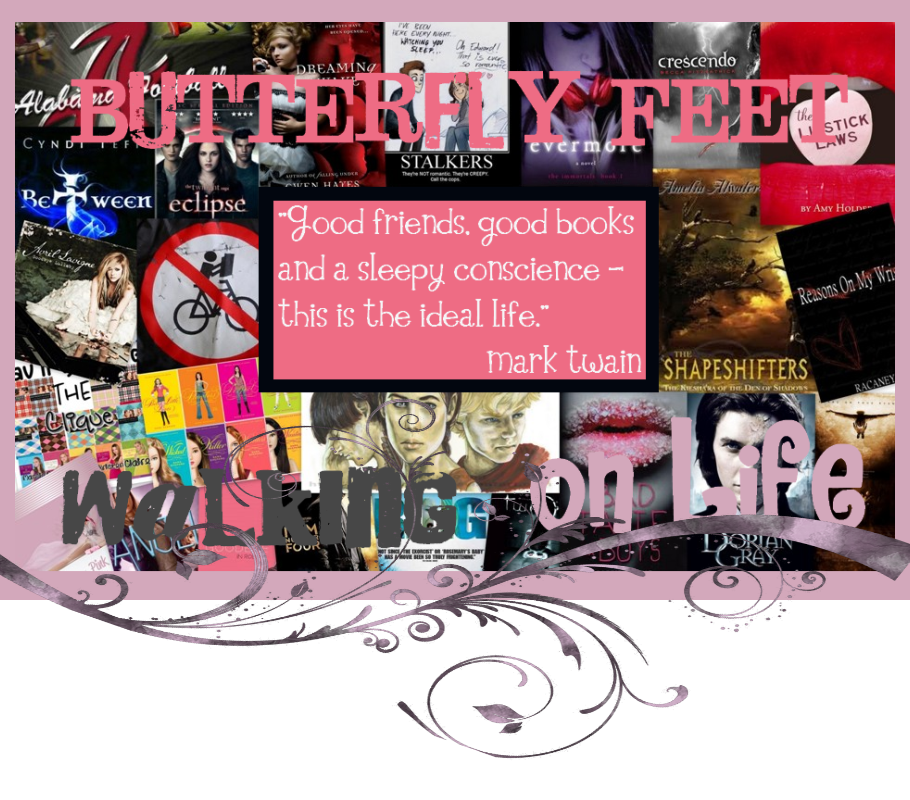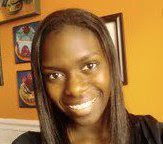 Happy February! February is Black History Month, and I think it's important for me to support and tell/ learn about my heritage so....
Happy February! February is Black History Month, and I think it's important for me to support and tell/ learn about my heritage so....Every Monday in February, there will be a post about three famous African American figures. This won't just be the usual Martin Luther King or Rosa Parks. These are twelve people that (some of them) I haven't even heard of. Overall, I believe this will be a wonderful feature that I will possibly be continuing over the future years :).
 1) Frederick Jones
1) Frederick JonesFrederick McKinley Jones (May 17, 1893 – February 21, 1961) was an African American inventor, entrepreneur, winner of the National Medal of Technology, and inductee of the National Inventors Hall of Fame. His innovations in refrigeration wrought great improvement in the long-haul transportation of perishable goods. . . .
Around 1935, Jones designed a portable air-cooling unit for trucks carrying perishable food, and received a patent for it on July 12, 1940. Numero sold his movie sound equipment business to RCA and formed a new company in partnership with Jones, the U.S. Thermo Control Company (later the Thermo King Corporation) which became a $3 million business by 1949. Jones's air coolers for trains, ships, and aircraft made it possible for the first time to ship perishable food long distances during any time of the year. Portable cooling units designed by Jones were especially important during World War II, preserving blood, medicine, and food for use at army hospitals and on open battlefields.
~from wikipedia.org~
To learn more about Frederick Jones, go here.
 2) Mary McLeod Bethune
2) Mary McLeod BethuneMary Jane McLeod Bethune (July 10, 1875 – May 18, 1955) was an American educator and civil rights leader best known for starting a school for African-American students in Daytona Beach, Florida, that eventually became Bethune-Cookman University and for being an advisor to President Franklin D. Roosevelt. . . .
Bethune was also active in women's clubs, and her leadership in them allowed her to become nationally prominent. She worked for the election of Franklin D. Roosevelt in 1932, and became a member of Roosevelt's Black Cabinet, sharing the concerns of black people with the Roosevelt administration while spreading Roosevelt's message to blacks, who had been traditionally Republican voters. Upon her death, columnist Louis E. Martin said, "She gave out faith and hope as if they were pills and she some sort of doctor." Her home in Daytona Beach is a National Historic Landmark, her house in Washington, D.C. in Logan Circle is preserved by the National Park Service as a National Historic Site, and a sculpture of her is located in Lincoln Park in Washington, D.C.
~from wikipedia.org~
To learn more about Mary McLeod Bethune, go here.
 3) Langston Hughes
3) Langston HughesJames Mercer Langston Hughes (February 1, 1902 – May 22, 1967) was an American novelist, playwright, short story writer, and columnist. He was one of the earliest innovators of the new literary art form jazz poetry. Hughes is best-known for his work during the Harlem Renaissance. He famously wrote about the period that "Harlem was in vogue". . . .
While in grammar school in Lincoln, Illinois, Hughes was elected class poet. Hughes stated in retrospect he thought it was because of the stereotype that African Americans have rhythm. "I was a victim of a stereotype. There were only two of us Negro kids in the whole class and our English teacher was always stressing the importance of rhythm in poetry. Well, everyone knows, except us, that all Negroes have rhythm, so they elected me as class poet." During high school in Cleveland, Ohio, he wrote for the school newspaper, edited the yearbook, and began to write his first short stories, poetry, and dramatic plays. His first piece of jazz poetry, "When Sue Wears Red", was written while he was in high school. It was during this time that he discovered his love of books. From this early period in his life, Hughes would cite as influences on his poetry the American poets Paul Laurence Dunbar and Carl Sandburg.
~from wikipedia.org~
To learn more about Langston Hughes, go here.








0 comments:
Post a Comment
Thanks for taking the time to leave a comment! I love reading what you have to say, whether good or bad. (This is not an open invitation to be rude.)
This blog is an award-free zone. I simply don't have the time to pass them on. Thanks for thinking of me, though :).